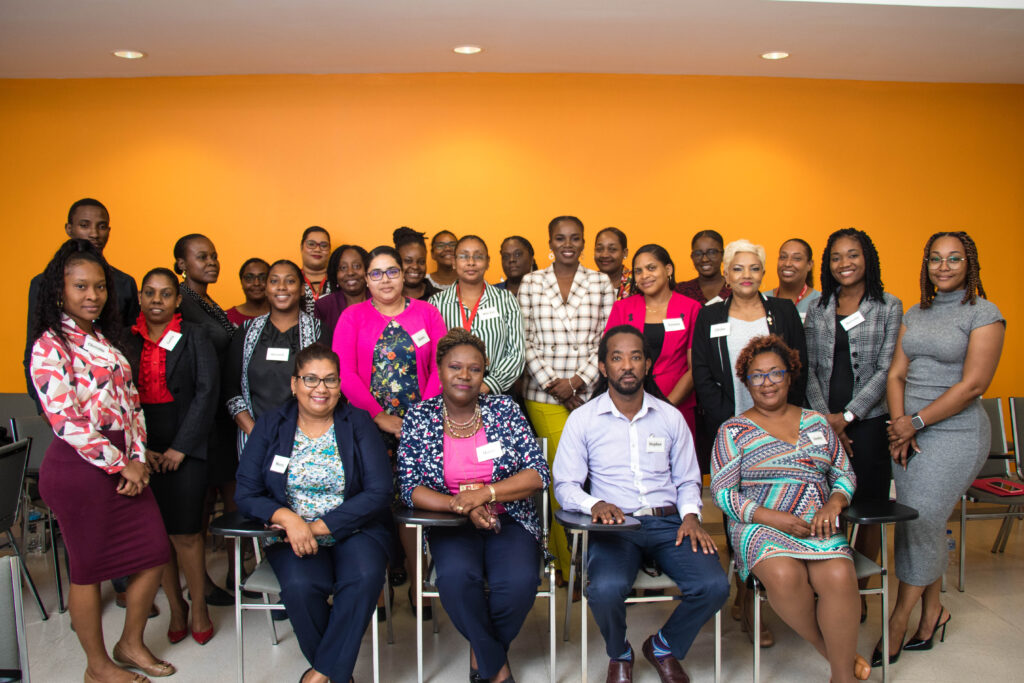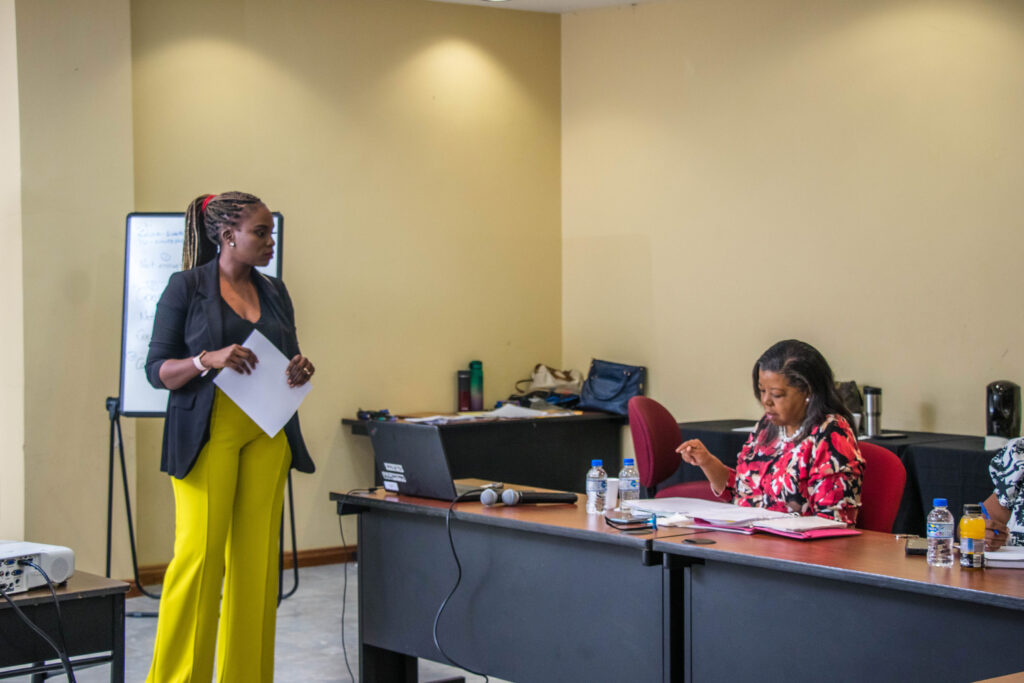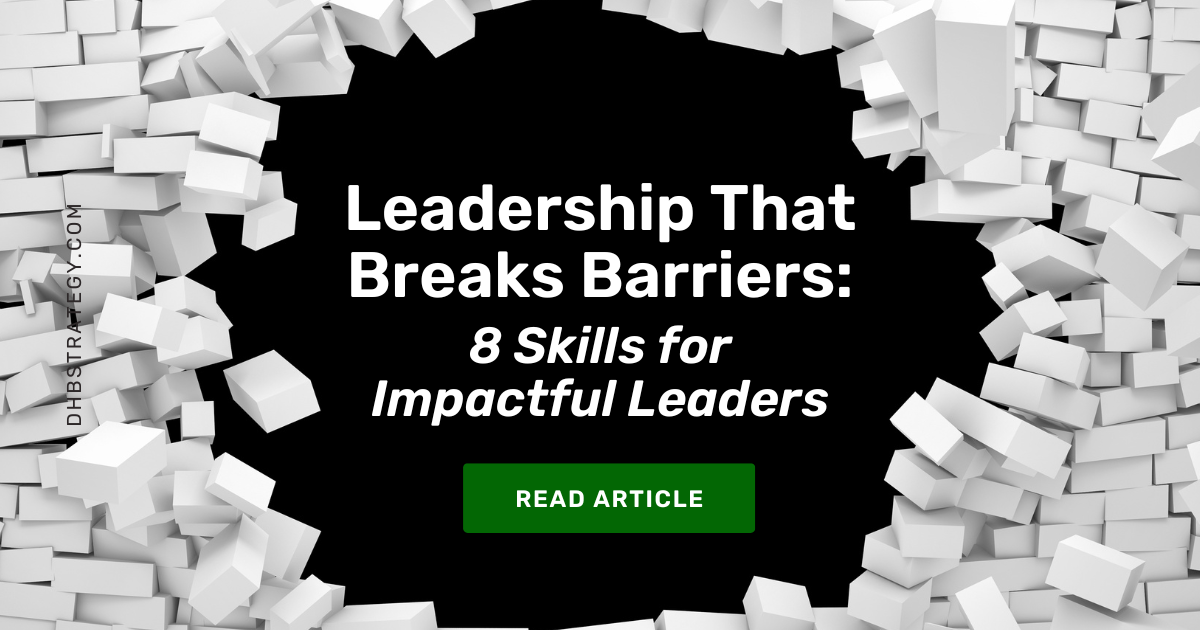In a world where disruption is the norm and challenges cross geographic, generational, and cultural boundaries, leadership skills that break barriers and make an impact are not just desirable—they’re essential. Barrier-breaking leadership doesn’t simply navigate change; it thrives in uncertainty, creating connections and solutions where others see obstacles. It redefines the limits of what teams, organizations, and communities can achieve. But how can leaders step into this role? What skills must they hone to become agents of change who inspire, empower, and innovate?
In this article, we explore the essential leadership skills that leaders must embrace if they want to transcend barriers and create lasting impact.

1. Cultural Intelligence: Understanding and Adapting
Barrier-breaking leaders excel at leading diverse teams, often spread across cultures, languages, and perspectives. This requires cultural intelligence (CQ), the ability to understand and adapt to different cultural norms and practices. Unlike traditional IQ or emotional intelligence (EQ), CQ emphasizes curiosity and learning as tools to navigate cultural complexities.
How to Build Cultural Intelligence:
- Seek to understand: Engage in conversations that go beyond surface-level topics. Ask team members about their cultural traditions or work preferences.
- Embrace continuous learning: Attend workshops or read books on cultural dynamics and global leadership.
- Be adaptable: Recognize that what works in one context may not work in another. Tailor communication and decision-making styles to fit your team’s needs.
2. Visionary Thinking: Seeing the Bigger Picture
Leaders who break barriers don’t just solve today’s problems—they anticipate tomorrow’s opportunities. Visionary thinking involves crafting a compelling future and mobilizing people toward it. This skill is particularly critical in times of rapid change or uncertainty, where the need to pivot is constant.
How to Cultivate Visionary Thinking:
- Study trends: Stay informed about industry developments, emerging technologies, and socio-political shifts.
- Encourage innovation: Foster an environment where team members feel safe to share bold ideas.
- Communicate clarity: Articulate your vision in ways that inspire and align your team with organizational goals.

3. Emotional Resilience: Thriving Under Pressure
Breaking barriers often means facing resistance, setbacks, and high-stakes decisions. Leaders who lack emotional resilience can become overwhelmed, but those who cultivate it are better equipped to handle adversity while staying focused on their mission.
Ways to Build Emotional Resilience:
- Practice mindfulness: Regularly reflect on challenges and identify strategies to approach them with a calm mindset.
- Develop a support network: Surround yourself with mentors, peers, and team members who can offer perspective and encouragement.
- Focus on self-care: Prioritize activities that rejuvenate your energy, whether it’s exercise, meditation, or hobbies.
4. Inclusivity: Building Bridges, Not Walls
Inclusive leadership is a cornerstone of barrier-breaking leadership. It’s about creating an environment where every voice is heard, valued, and leveraged for collective success. Inclusivity challenges traditional power dynamics and allows for a broader range of ideas and solutions.
Steps Toward Inclusive Leadership:
- Acknowledge bias: Be aware of unconscious biases that may influence your decisions or interactions.
- Foster collaboration: Encourage cross-functional or cross-generational teamwork to break down silos.
- Create safe spaces: Ensure team members feel comfortable sharing feedback or expressing concerns.
5. Courage: Taking Bold Steps
Barrier-breaking leaders often have to take risks, stand up for their values, or challenge the status quo. This requires courage—not just the absence of fear, but the ability to act despite it.
How to Develop Courageous Leadership:
- Start small: Practice taking calculated risks in low-stakes situations to build confidence.
- Lead by example: Demonstrate courage by making decisions that align with your principles, even when it’s difficult.
- Encourage others: Support your team in stepping out of their comfort zones and pursuing innovative ideas.

6. Collaboration: Building Alliances
No leader breaks barriers alone. Success in today’s interconnected world requires the ability to collaborate effectively, both within and outside the organization. Collaboration fosters innovation, enhances problem-solving, and amplifies impact.
How to Strengthen Collaborative Skills:
- Build trust: Be transparent and reliable in your interactions with others.
- Promote shared goals: Align efforts around a common vision to unify diverse stakeholders.
- Leverage technology: Use digital tools to facilitate collaboration across distances and time zones.
7. Adaptability: Embracing Change
Barriers often emerge from changing circumstances—technological disruptions, shifting market demands, or evolving social norms. Adaptive leaders view change as an opportunity rather than a threat and inspire their teams to do the same.
Strategies for Cultivating Adaptability:
- Stay curious: View change as a chance to learn and grow rather than a disruption.
- Be flexible: Adjust strategies and expectations to align with new realities.
- Empower teams: Equip your team with the tools and skills they need to navigate uncertainty.
8. Purpose-Driven Leadership: Leading With Impact
Ultimately, barrier-breaking leadership is about driving meaningful change. Purpose-driven leaders connect their actions to a larger mission, inspiring others to rally behind a shared cause.
How to Lead With Purpose:
- Clarify your ‘why’: Reflect on the values and goals that drive your leadership journey.
- Communicate consistently: Share your vision and demonstrate how it aligns with organizational or societal impact.
- Measure success differently: Focus on outcomes that reflect positive change, not just financial metrics.
The Ripple Effect of Leadership Skills For Impact
Leadership that makes an impact and breaks barriers doesn’t just benefit individual teams or organizations—it creates a ripple effect that impacts entire industries and communities. By developing skills like cultural intelligence, inclusivity, adaptability, and purpose-driven leadership, today’s leaders can rise to the challenges of tomorrow.
These skills are not innate; they can be learned, practised, and refined. As you reflect on your own leadership journey, consider which barriers you are ready to break and how you can empower others to do the same. The future needs leaders who are unafraid to transcend limitations and create paths where none existed before. Will you be one of them?
What barriers have you broken in your leadership journey? What leadership skills did you use? Share your stories or thoughts in the comments below! Let’s inspire each other to lead with courage, empathy, and purpose.

No responses yet